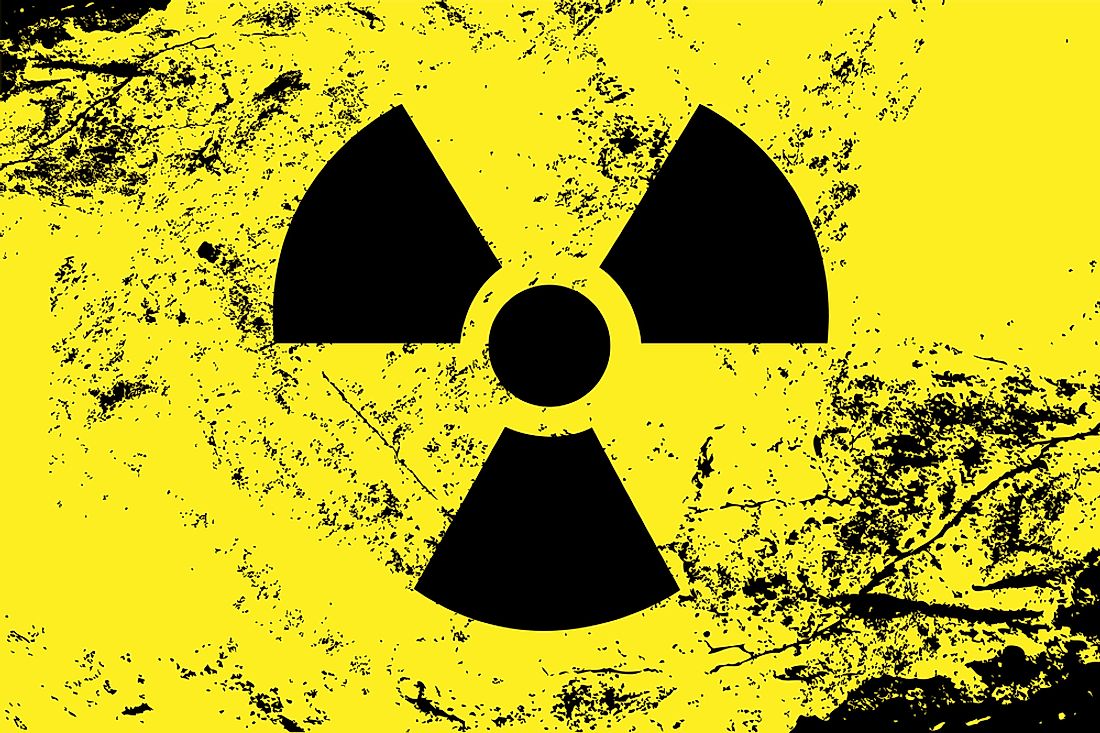What is Radioactivity?

What Is Radioactivity?
Radioactivity occurs when the nucleus of an unstable atom’s nucleus loses energy through emitting radiation in order to gain stability. The radioisotope, which has the unstable nuclei, lacks the required binding energy to hold nuclei together. This results in transmutation where the element changes into another new element. Radioactivity happens in three main ways: alpha, beta, and gamma.
- An alpha particle is similar to helium nucleus because it is made up of two protons and two neutrons bound together. In alpha decay, the alpha particle escapes from the nucleus of the atom and repelled further by the electromagnetism because both the alpha particle and the nucleus are positively charged. The process changes the original atom into a different element as the alpha particle is emitted.
- Beta decay is in two forms beta + (plus) and beta – (minus). Beta plus occurs in proton-rich nuclei which have more protons than neutrons and the protons in the beta + decay process change into positrons and neutrons. Beta minus decay happens in neutron-rich neutrons, and an electron is emitted. In beta decay, the nucleus changes its form.
- Gamma decay occurs in the shells of nucleons which emit energy known as gamma rays which are highly energetic photons. Radioactive decay occurs naturally but can also be stimulated artificially.
History Of Radioactivity
The discovery of radioactivity happened from different fronts, but the earliest form of radiation is the X-ray which was generated in a laboratory. It was discovered by the German physicist WC Roentgen in 1895 when he discovered the x-ray while working with cathode ray tubes. The discovery of the x-ray was a big milestone in the medical field where the rays were applied in the diagnosis of bone fractures as well as gunshot wounds.
Furthermore, a French physicist by the name of Henri Becquerel noticed the emittance of invisible energy while investigating properties of fluorescent elements and working with uranium. He labelled this energy radiation.
Application Of Radioactive Decay
In nature, radioactivity is known for being an energy source for many extraterrestrial bodies in the universe including many stars in the Milky Way Galaxy. However, the process of radioactive decay has many applications in several fields in the world. The most popular application is the use of x-rays in the non-intrusive diagnosis of bone fractures and internal bleeding. Radioactivity is also applied in nuclear reactors for the production of nuclear energy. Radioactivity is also used in the sterilization of medical instruments. Radioactivity is also used in radiotherapy for the treatment of cancer where radioactive rays are used to kill cancerous cells in the body. Radioactive materials such as plutonium and uranium are used in the manufacturing of nuclear weapons.
Dangers Of Radioactivity
When the photons and electrons emitted by the radioactive decay process pass through the DNA molecule of a cell, they alter the composition of the DNA and make the cell cancerous. Ingestion or inhalation of radioactive materials have an even worse outcome when massive ionization of the body occurs which destroys cells and is often fatal. The amount and the type of damage caused by radiation will depend on the dose of radiation received and the duration of exposure to radioactive materials.











